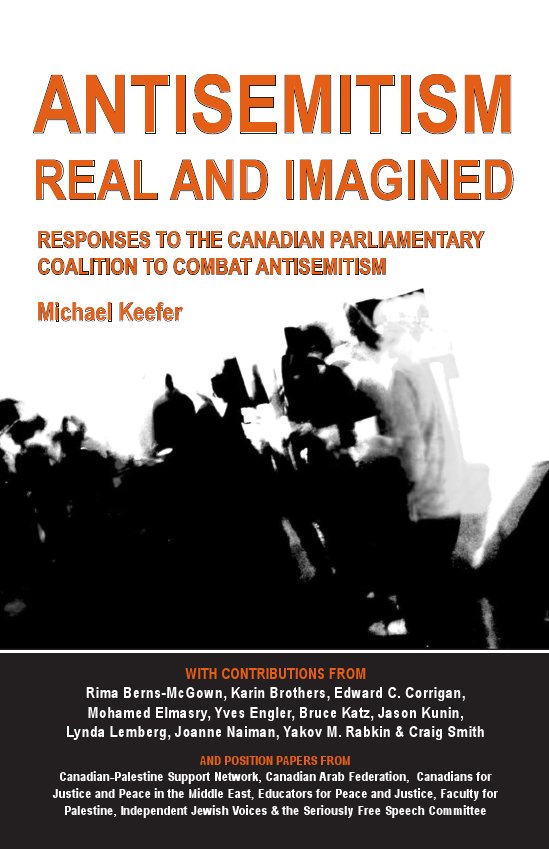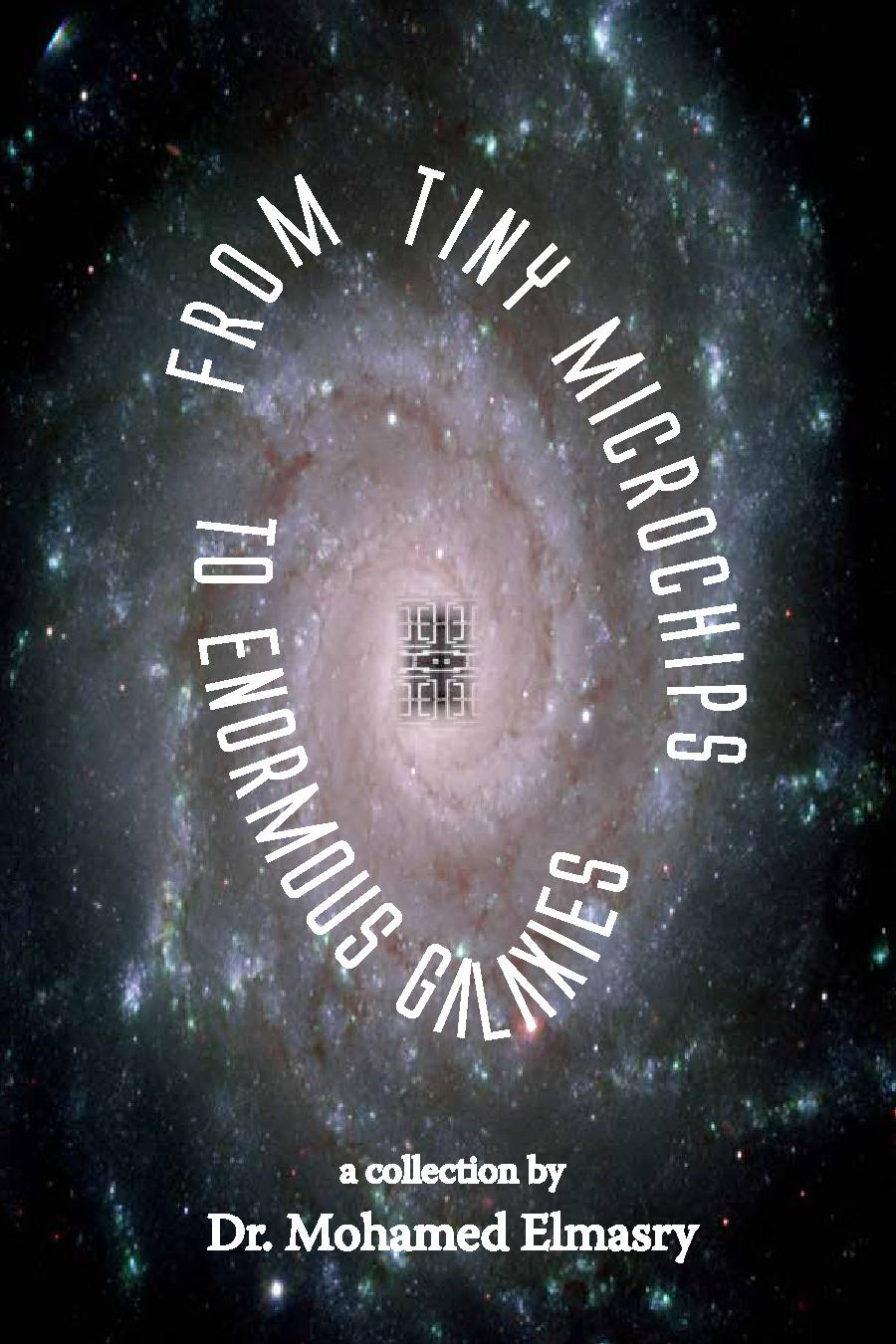July 11, 2016
The Middle Eastern Cauldron
“This is the most turbulent time in the history of the modern Middle East.” That was the view expressed by University of Toronto Professor Janice Stein at a lecture on Parliament Hill on April 19, sponsored by the Federation of the Humanities and Social Sciences. She identified four factors contributing to the turbulence.
First, there has been a collapse of a hundred-year political order. The Sykes-Picot Pact, setting the borders of Arab countries, was concluded in 1916 and was the foundation of the colonial order, shaping “the Middle East that we see today.” “Borders were set by two gentlemen who knew not a great deal”’ about the people and institutions of the area.
But, she said, one crack in the structure and everything collapses, as the situation is “not sustainable.” Eventually, the majority shakes the foundation.
Third, a deep attachment to religion has only grown over the last 20 years. This growth may be attributed to the failure of Arab nationalism, a nationalism that addressed the social, economic, and political structure.
Fourth, the role of non-Arab forces has been growing, speaking of Turkey and Iran. Erdogan in Turkey was seen by the West as a Muslim democrat who might serve as a beacon of democracy in the Middle East, but now Turkey has more journalists in prison than any other country in the world. Then add Israel to the list from within the Middle East and other countries from outside who are now involved in the region. The Middle East, she said, “is the most disturbed area in the world today.”
So what can Canada do about the situation?
We must recognize the limits of our abilities and act strategically.” Some ideas are suggested further in the article.
Pushing back the Islamic State is a major goal in the region. She declared that 85% of Arabs oppose IS. “We are seeing considerable progress on the ground,” she observed. She described IS as an apocalyptic Salafist militia which interprets scripture in a literal way, not the way most Arabs do. A threat to governments and people, it developed out of the collapse of states and governments. In order to recreate a caliphate, it must have land, and it is now being squeezed out.
Canada might have an important role in digital communication. In that area, the Islamic State is highly sophisticated. We could focus on meeting that challenge. Additionally, we could serve as a model for Europe, with our acceptance of immigrants. Europe’s cultures are too intense. They suffer from too much history.
While the Islamic State is a serious problem in the Middle East, most of the refugees are fleeing Assad. Turning to Canada’s potential, she pointed to our multiculturalism. It gives us resources, but sadly we are not using them. She recounted her experience in a taxi ride with a highly knowledgeable Afghan driver. When she asked him if he had offered his services to the Canadian government, he said he had, but there he was driving a cab.
We need, she urged, to be careful of how we think about the shake-out after the collapse of IS. Syria and Iraq are Humpty-Dumpties. Perhaps federations are a solution, and Canada as a federal state may be able to assist them in figuring out where the future will lead them.
We asked about the wisdom of Canadian aid to the Kurdish peshmerga, considering that these forces drive Sunni Arabs from their towns and villages and destroy their homes, a behavior that might only drive them into the arms of the Islamic State. Her response was that the Kurds are taking advantage of the collapse of régimes in the region to restate their claim. True enough, but her answer did not address the wisdom of Canada’s approach.
In a highly informative presentation, she made a number of important points:
--The difference between the behavior of the military in Egypt and in Syria, facing popular insurgency, is that the Egyptian army was not prepared to fire on Egyptians. In Syria, the Alawite-led army had no hesitation on firing on other Syrians.
--In Israel and the West Bank, the existing governments have exhausted their mandates. She described the Palestinian government as sclerotic.
--She relates the staying power of the Saudi government to two factors: generous social programs and personal problem-solving. Financing social programs is in jeopardy because of the drop in oil prices. She described the problem-solving approach as follows. The many Saudi princes are constantly moving across the kingdom to attend local gatherings and to hear personal problems. When someone presents a difficulty or wants a favor, the prince says, “Leave it in my hands,” and he then takes care of the matter.
Stein avoided responding when we pointed to the difference between Canada’s reaction t young people going to join Islamic State terrorists and our reaction when they go to the West Bank and terrorize Palestinian farmers, destroying their olive trees and other crops and attacking their children on the way to school.
On a positive note to conclude, she declared that human rights and Islam can go together.








